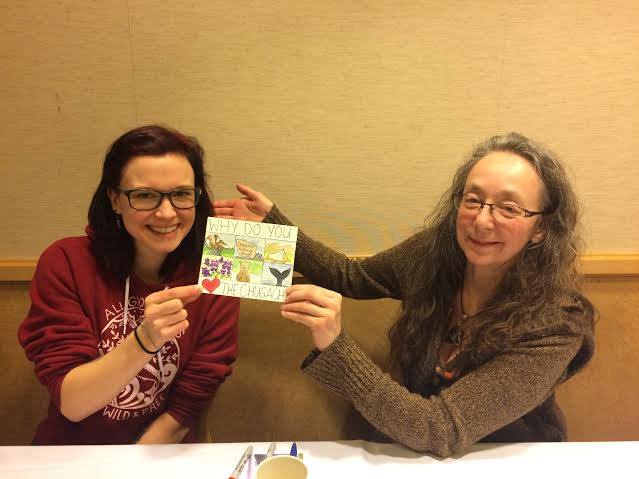The Chugach National Forest of Alaska is considered one of the brightest jewels in Alaska’s vast palette of natural beauty. Located in the south-central region of the state near Anchorage, it is comprised of 6,908,540 acres of glaciers, forests (including the world’s largest temperate rainforest), mountains, and rivers. The surrounding area has experienced large growths in population, possibly as a result of more and more people wanting to experience the most unblemished scenery around them. It also goes down in history as being the site of the notorious 1989 Exxon Valdez oil spill in Prince William Sound, which helped to invigorate the modern grassroots environmental movement.
Since June of 2000 the area’s tourism has increased due to the building of the Anton Anderson Tunnel Road, which is part of the 11.5- mile Portage Glacier Highway Road that connects the Portage Glacier area to the Chugach National Forest and the nearby city of Whittier to the Seward Highway.
The Chugach is in a unique predicament because not one of its five million acres is permanently protected, despite Congress’s 1980 designation of the 2-million-acre Nellie-Juan/College Fjord Wilderness Study Area (WSA). Created under the National Lands Interest Conservation Act, the resulting management plan has protected non-motorized recreation opportunities, important wildlife and salmon habitat, and amazing scenery. It is also the most visited region of the WSA.
The Forest Service is now proposing to remove protections from nearly a third of the study area. This is a step backwards for those who value wild places, quiet recreation, and the western Prince William Sound region. The proposed plan recommends only 1.4 million acres of the WSA for wilderness designation, removing protections for Knight Island, Port Wells, Harriman Fjord, Columbia Glacier, Glacier Island, and other wild places that are part of the backbone of southeast coastal Alaska.
On February 10, Anchorage’s Westmark Hotel served as a meeting place for a town hall to discuss the US Forest Service’s current management plan for the Chugach and Prince William Sound, which is being met with great animosity by local residents, outdoor enthusiasts, and Alaska Natives. The meeting was a starting point to get locals involved and prepare for the 5-year-plan hearings and protecting other Alaskan natural treasures.
Laura Comer, a Sierra Club organizer with Anchorage’s Beyond Coal campaign, described the genesis of the gathering:
“The US Forest Service wasn't going to host a public hearing on their draft revision of the management plan, so we did. We created a panel representing conservation, business and recreation voices. This was a great opportunity for our coal and Arctic volunteers to test their hearing planning and grasstops outreach skills. Our message was heard loud and clear that now is the time to recommend a wilderness designation for this national treasure”.
Attendees and speakers came from a wide variety of backgrounds. The president of the Whittier Chamber of Commerce and the city’s mayor both spoke to the need for a wilderness designation to support the booming tourism industry. A leader from the Eyak people, an Alaska Native tribe endemic to the nearby town of Cordova’s Copper River Basin, spoke of protecting his people’s culture and relationship to the nature around them. Finally, a young, new mother spoke of finalizing the wilderness designation to continue to support her family's long-standing tourism company.
One of the major concerns with the future of the Wilderness Study Area is the Forest Service’s languid response to their protection of the Chugach and Prince William Sound. The last assessment of the area was conducted in 2002; since then, climate change has ravaged the area’s rich forests and mountains, with the melting of glaciers seen as the greatest threat to the health of the ecosystem. From an outdoor recreation perspective, skiing enthusiasts are feeling the effects of melting glaciers due to a lack of snow at lower elevations.
At this writing the Forest Service has still not indicated how it will combat the numerous effects of climate disruption on the ecosystem of the Chugach region.
